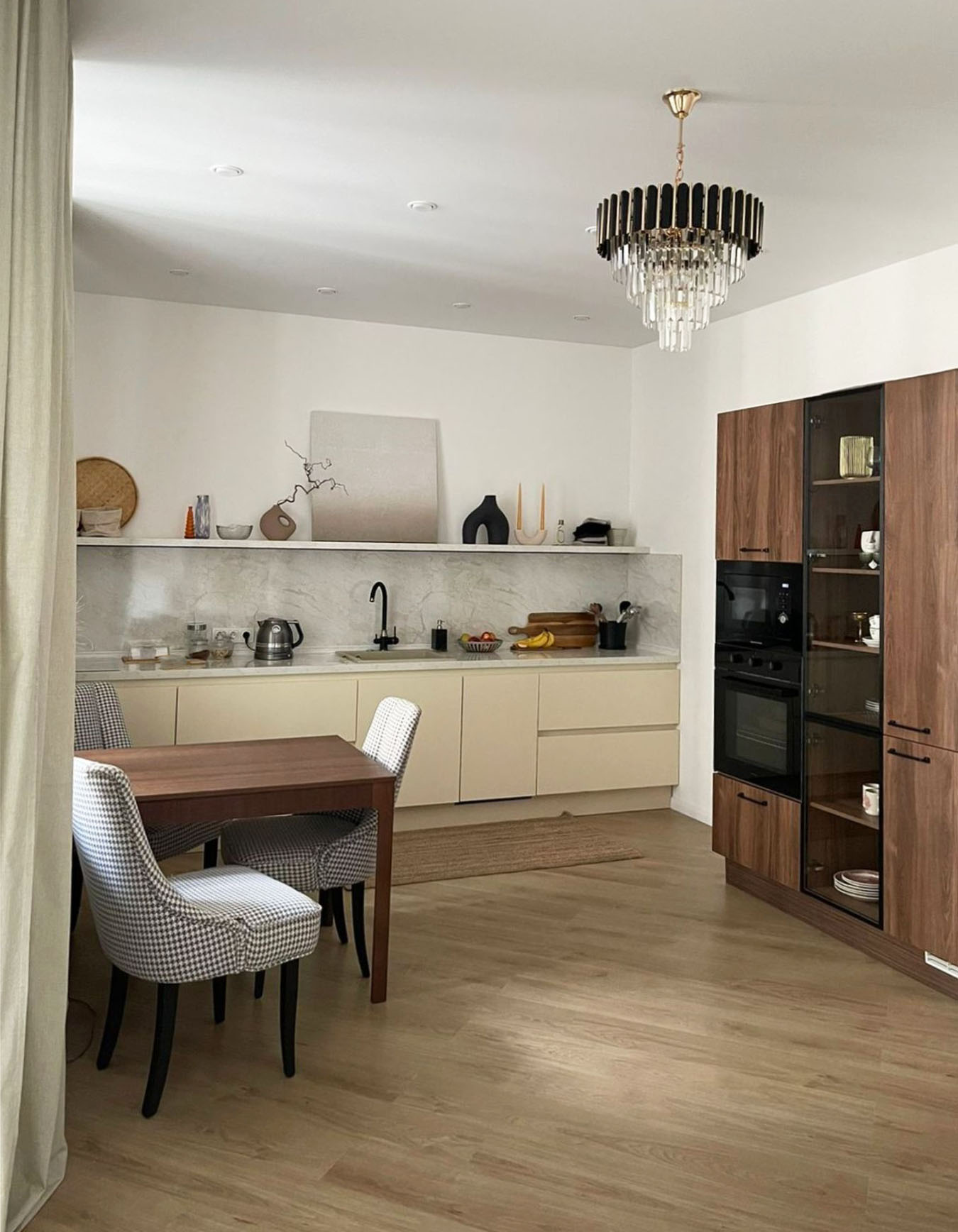
Culinary Spaces Redefined Elegantly
Introduction to Modern Culinary Spaces
The kitchen, often referred to as the heart of the home, has evolved significantly over the years. From a purely functional space for cooking, it has transformed into a multi-functional area that accommodates dining, social interactions, and even work-related activities. This evolution has led to the redefinition of culinary spaces, merging elegance with functionality to create an environment that is as beautiful as it is practical.
The Rise of Minimalism and Functionality
Minimalism has taken center stage in the world of kitchen design, with clean lines, uncluttered spaces, and a monochromatic color palette leading the way. This minimalist approach doesn't just appeal to the eye; it also enhances functionality. Simple and sleek designs ensure that every utensil, appliance, and piece of cookware has its place, creating an organized and efficient cooking environment.
Incorporating Technology into the Kitchen
Technology has become an integral part of modern culinary spaces. Smart appliances that can be controlled via smartphone apps, voice commands, or smart home systems are becoming the norm. These advancements not only provide convenience but also allow for greater precision in cooking techniques, making the modern kitchen an amateur chef’s dream.
Natural Materials and Sustainability
One of the key elements in the redefinition of culinary spaces is the use of natural materials, such as wood, stone, and metal. These materials not only provide a sense of warmth and elegance but are also a nod to sustainability. By choosing eco-friendly materials and energy-efficient appliances, homeowners are creating culinary spaces that are both stylish and mindful of the environment.
Open Plan Kitchens and Living Spaces
The open plan kitchen seamlessly blends with living areas, effectively removing the boundaries between where the cooking happens and where social interactions take place. This layout fosters a more communal atmosphere and makes the culinary space a central gathering spot for families and guests alike. The elegance of this design lies in the ability to entertain and engage with others while preparing meals.
Lighting as a Design Element
Good lighting is crucial in any kitchen, but it has now become a central design element. From statement-making pendant lights hanging over islands to subtle under-cabinet LEDs, lighting sets the mood and enhances the aesthetics of the space. It plays a vital role in creating an elegant ambiance while also being functional for tasks that require precision.
Culinary Spaces that Tell a Story
Lastly, personalization has become a significant aspect of modern kitchen design. Homeowners are incorporating elements that reflect their personality and lifestyle into their culinary spaces. Whether it’s through unique color schemes, eclectic tile work, or vintage-inspired appliances, the modern kitchen is not just elegant—it tells the story of those who live in the home.
Conclusion: The Future of Culinary Spaces
The redefinition of culinary spaces has led us into an era where design, functionality, and technology merge seamlessly. As we move forward, these spaces will continue to evolve, blending new trends with timeless elegance. The kitchen of the future will not only be a place where meals are prepared but will stand as a testament to design innovation and personal expression.